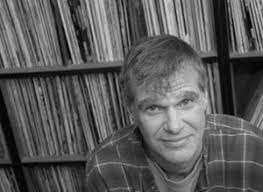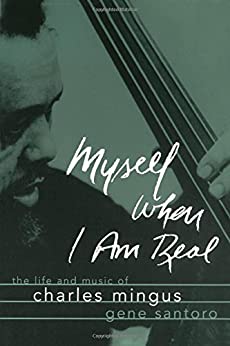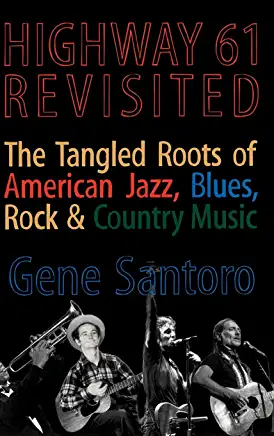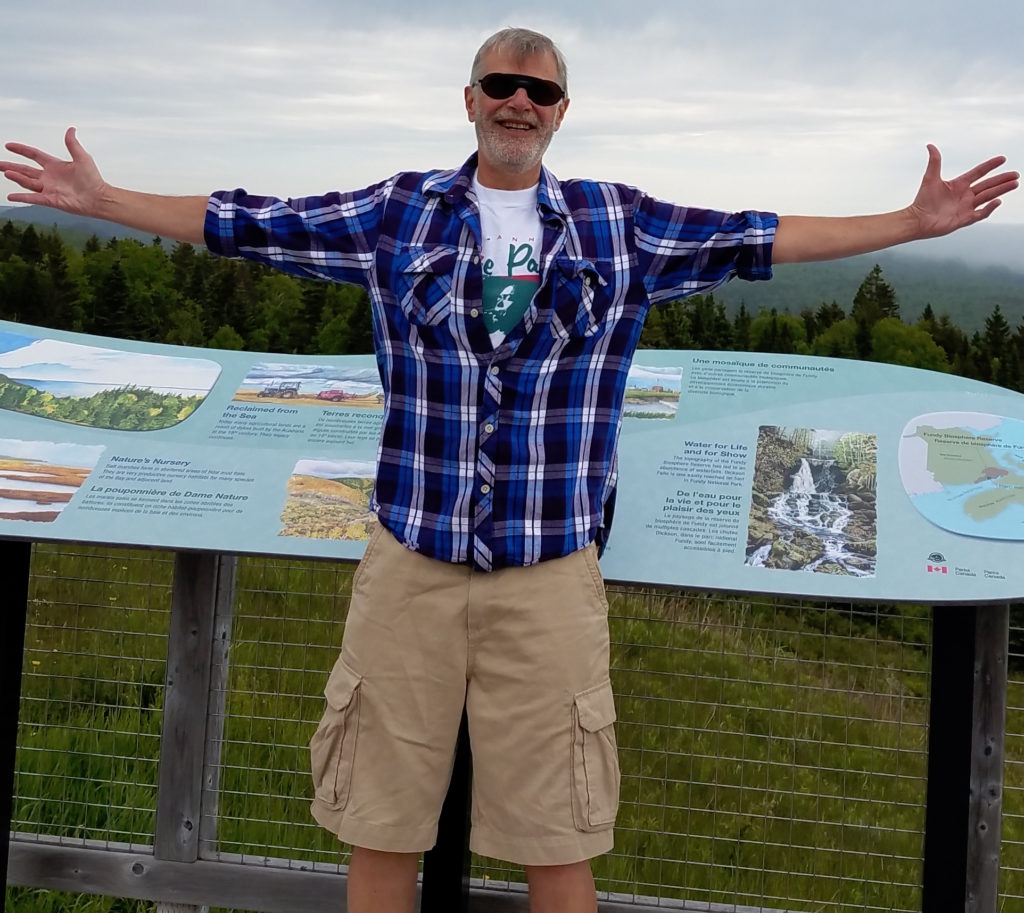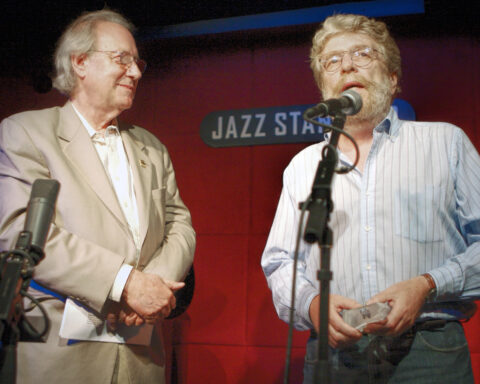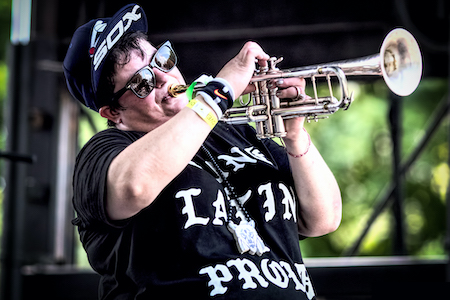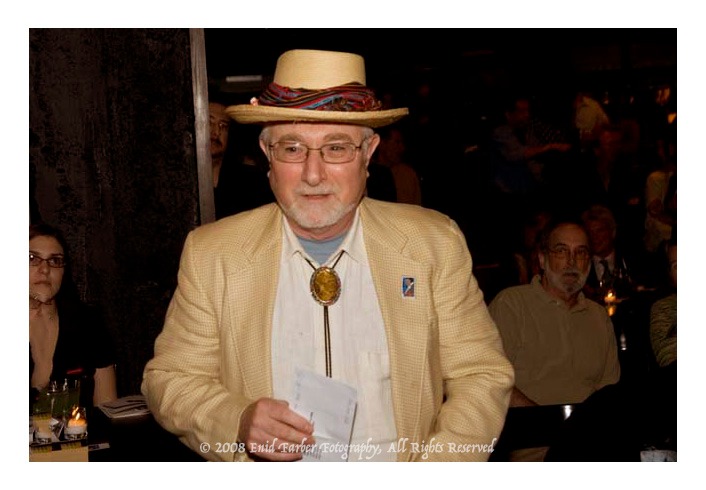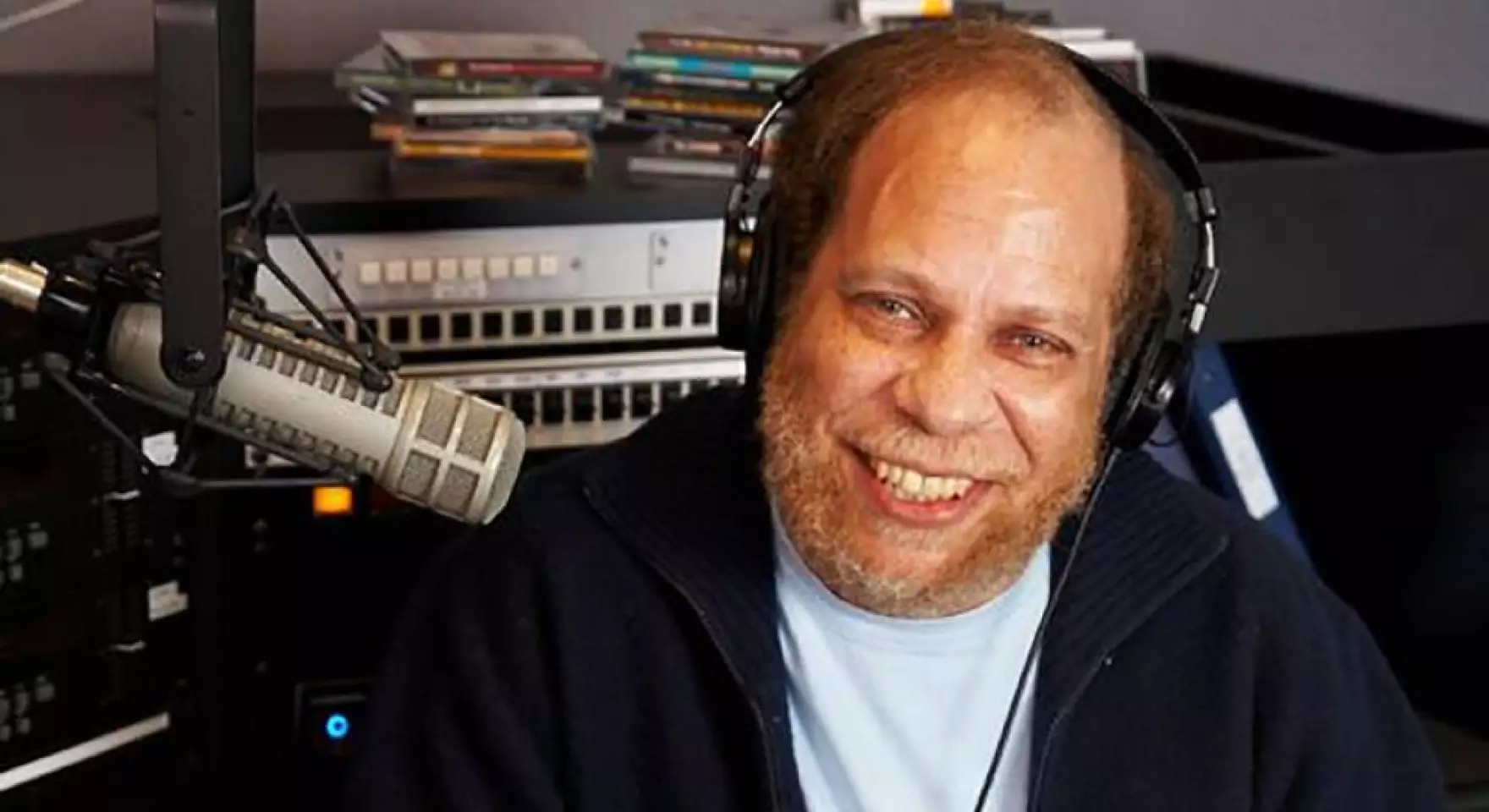Tall and lanky with a hearty laugh often dripping in sarcasm and a sneer to match his acerbic wit, Gene Santoro was a keen observer
of the human condition and gifted writer who could turn a phrase like a seasoned member of the Algonquin Round Table. Many a night he presided over after-hour gatherings at the Village Vanguard or Bradley’s, the old Knitting Factory on Houston Street or at the annual JJA Awards bash, surrounded by equally capable colleagues and fellow scribes, all jousting with well-honed verbal skills and strong opinions; a jazz journalists equivalent of the dozens. More often than not, Gene walked away from these spirited encounters with a smirk, having proved his point.
A native New Yorker, Santoro died on April 27 from esophageal cancer at age 71. Probably best known for his 2000 biography Myself When I Am Real: The Life and Music of Charles Mingus, a monumental work of superior scholarship, Santoro also authored several other books including 2004’s Highway 61 Revisited: The Tangled Roots of American Jazz, Blues, Rock and Country Music, 1997’s Stir It Up: Musical Mixes from Roots to Jazz,” 1994’s Dancing in Your Head: Jazz, Rock, Blues and Beyond and 1984’s seminal The Guitar: The History, the Music, the Players.
He was a longtime music critic for the New York Daily News, music columnist for The Nation, contributing editor to Chamber Music and feature contributor to Atlantic Monthly, Musicianand, more recently, the online Music Aficionado. Through the ‘80s, Santoro wrote extensively for Downbeat, Guitar World, Guitar Player and Pulse! He also contributed items for The New Yorker’s “Talk of the Town” section and did record and concert reviews for Rolling Stone, Billboard, Spin and The Village Voice.
A lifelong music fan and guitar aficionado, the former Fulbright scholar wrote passionately and intelligently about a dizzying array of music, delivering thoughtful essays and interviews on legendary session bassist and groovemeister Jerry Jemmott, former Lou Reed and Richard Hell guitarist Robert Quine, disco queen Grace Jones, folk hero Woody Guthrie, ‘80s funkateers Chic, cool jazz trumpeter-singer Chet Baker, alternative rocker Ani DiFranco, proto blues rocker Lonnie Mack, zydeco king Clifton Chenier, folkie Dave Van Ronk, guitar renegade Bill Frisell, idiosyncratic Bahamian guitarist-singer Joseph Spence, bass icon and P-Funkateer Bootsy Collins, smooth jazzer Larry Carlton, sonic innovator Adrian Belew, guit-picker extraordinaire Danny Gatton, Brit guitar heroes Jeff Beck and Keith Richards, soulman Solomon Burke, bluesman Buddy Guy, Memphis/Stax house guitarist Teenie Hodges, go-go pioneer Chuck Brown, avant garde jazz icon Cecil Taylor…the breadth and depth of his bailiwick was staggering.
Born in Brooklyn on October 31, 1950, Santoro grew up in the blue collar Italian neighborhoods of Bay Ridge and Bensonhurst before his family moved to Jamaica, Queens. He attended Regis High School, a private Jesuit secondary school for Roman Catholic boys located on the Upper East Side of Manhattan. Affected by the British invasion, like millions of other kids across America during the mid 1960s, he formed a band that played weddings and bar mitzvahs and later frequented Greenwich Village nightclubs like The Gaslight, The Night Owl and Cafe Au Go Go, where he heard The Blues Project, Moby Grape and The Mothers of Invention, among other bands. He began writing a music column for his high school newspaper, covering the nightly happenings at Steve Paul’s The Scene, including one after-hours jam between Buddy Guy and Jimi Hendrix.
After a one-year stint in the Army Reserves, Santoro married Tesse Viola in 1972. He worked as an electronics tech for two years before forming the touring rock band Euphoria, which lasted from 1974-1975, with Tesse on board as roadie. He went back to school to finish his bachelors degree, graduating magna cum laude from Queens College CUNY in 1976, then earned a masters degree in 1979 from prestigious Stanford University, where he received a Fulbright Fellowship.
Santoro began freelance writing in 1982, which is around the time that I met him. I had just quit a full-time managing editor job at Good Times magazine on Long Island and he had just quite a full-time position at Quarto Publishing, where he edited music books. We both began writing for Guitar World under the guidance of Noe Goldwasser (Noe the G) and both our freelance careers branched out and blossomed from there.
In a 2018 interview, Santoro explained his love of writing about music to former Guitar World photographer John Peden for his podcast “Sidetrack Liner Notes”: “It’s a discipline but it’s also creativity and it’s fun. It’s about getting to the zone; that sense of when all the adrenaline and endorphins are being released in your brain. It’s like having really, really great sex. That is exactly the zone you’re in. And there is no reason on god’s earth that a human being who’s ever had that would want to walk away from that. And that’s why I will not stop writing until there’s nobody who will pay me or ask me, because it’s a whole chunk of just pure gratification for me.”
The idea of writing a book about Charles Mingus “hit me like a sap swung by a Raymond Chandler cop,” as he wrote in the preface to “Myself When I Am Real.” That’s a typically well-turned Santoro phrase, and there are a thousand more gems like that throughout this impressive 384-page tome, which esteemed jazz critic Gary Giddins called “a stunning achievement.”
Gene Santoro had a quick mind. He wrote about music with equal parts intelligence, eloquence and snark. He will be missed.

